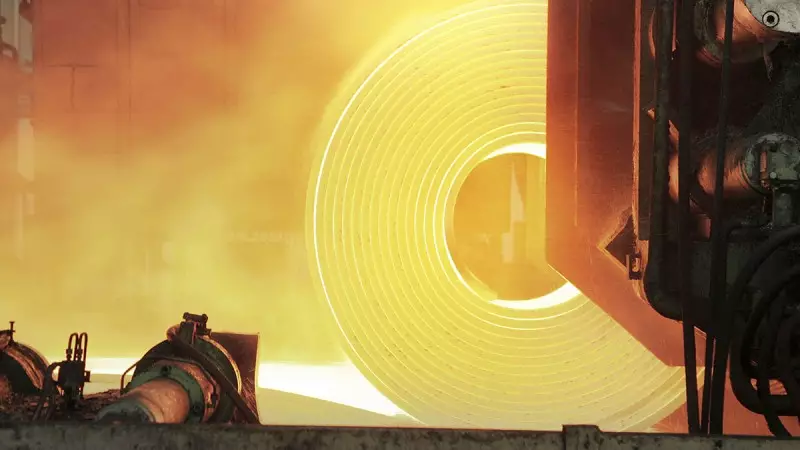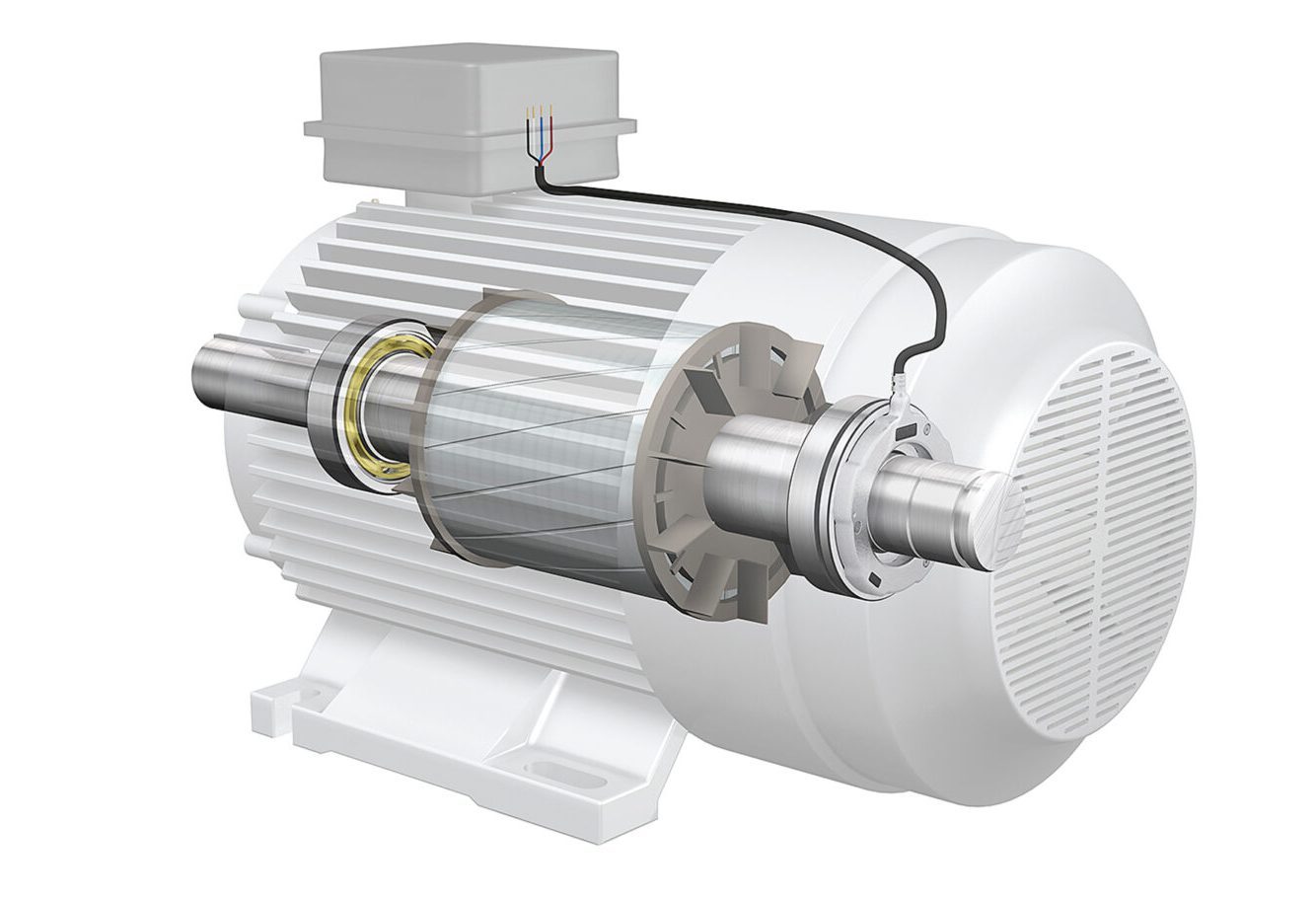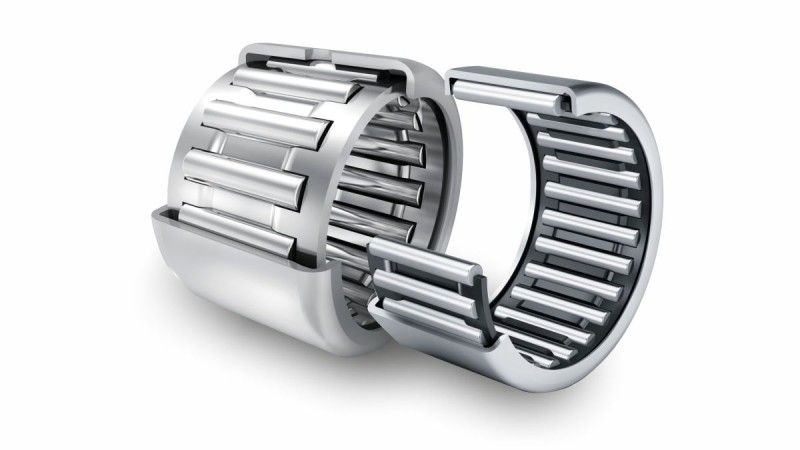
Needle Roller Bearing and Cage Design Criteria and Uses
The design is simple as the only components are the needles and the cage. Needle Roller and Cage Assemblies are perfect for use in small envelope designs. This type of bearing is considered a direct bearing arrangement where the shaft and housing are used as the raceways for the needle rolling element. The Needle Roller and Cage Assembly have no inner or outer ring, so they are incorporated with the shaft and housing.
Components of Needle Roller Bearings
The shaft and housing are rolling raceways, so they must be carefully designed and toleranced to a high accuracy to be used when high radial runout is needed. Other considerations for optimal design include radial clearance, the function of the proper shaft and housing tolerances, and the needle roller grade. Needle roller and cage assemblies must be located axially using snap rings or abutment shoulders.
Needle roller and cage assemblies may be single or double row with a cage and needle rollers. The radial section height matches the diameter of the needle rollers, so designing with small envelopes is possible.
Radial needle roller and cage assemblies are designed to support high radial loads and operate at high speeds. Needle Roller Cage bearings have the load carrying capacity advantages of full complement needle roller bearings but with the speed advantages of a caged bearing. Other advantages for using Needle roller cage and cage type assemblies are ease of installation, rigid bearing arrangements, and their economic value and cost effectiveness.

Needle Roller Bearings Features
Precision engineering, dependability, and performance of INA Needle Roller Bearings are well utilized in a wide range of industrial applications. These bearings are perfect for applications where space is limited because of their strong load-carrying capacity and low radial space requirements.
Key features of needle roller bearings
- High Load-Carrying Capacity
A large number of rolling elements means that INA Needle Roller Bearings are built to withstand strong radial loads. They can be used in industrial gears, construction equipment, and automobile transmissions because of this property, which guarantees excellent performance.
- Precision
Needle Roller Bearings provide outstanding rotational accuracy because they are made to exacting specifications. guarantees dependable operation in high-speed applications, cutting maintenance expenses and downtime.
- Low friction and wear
Wear and friction are decreased via superior materials and optimized internal design.Increases the bearings’ lifespan, which adds to the machinery’s overall durability and efficiency.
- Variety of configurations
Available in a range of arrangements, such as caged, full complement, single and double row designs. This range enables customisation to satisfy particular application needs, guaranteeing optimal fit and performance.
Features of needle roller cages
- Robust сonstruction
Strong and long-lasting, INA needle roller cages are constructed from high-strength materials like steel or polymer. They are appropriate for high-load and high-speed applications because they offer dependable performance even in the face of extreme stress and unfavorable circumstances.
- High temperature resistance
Certain INA cages are made to survive high operating temperatures.
Suitable for high-temperature applications, such turbines and engines, guaranteeing reliable operation.
- Versatility in application
INA needle roller cages can be applied in a variety of industrial settings. Their versatility makes them perfect for a wide range of applications, from industrial machines to automobiles, guaranteeing top performance in a number of industries.
INA needle roller and cage assemblies
- INA series KZK Needle roller and cage assemblies for crank pins.
INA Needle roller and cage assemblies for crank pins are externally guided. Externally guided means the connecting rod bore guides the cage. The radial movement of the cage relative to the connecting rod bore and the rolling elements is very small. The cages are made from quenched and tempered steel, have good wear resistance, high strength, and large guidance surfaces designed for optimum lubrication.
- INA series KBK Needle roller and cage assemblies for piston pins.
The needle roller and cage assemblies for piston pins are internally guided, which means that the piston pin guides the cage. Designed with a small radial internal clearance, tilting of the connecting rod is minimally reduced. The KBK INA series bearings support high-frequency oscillating loads. The INA KBK series bearings are available in many of the piston pin diameters with different widths. The INA KBK series have low-wear steel cages that are case hardened or quenched and tempered for long wear.
- INA series KZK Needle roller and cage assemblies for planetary gear bearing arrangements.
Needle roller and cage assemblies that are designed into planetary gearing applications operate at remarkably high speeds. In planetary automatic gearbox applications, the bearing is subject to high centrifugal and acceleration forces, where the cage is then subject to higher stresses than normal.
Design of Raceways
Raceways for bearings without an inner and/or outer ring are crucial for proper operation, so the following link to INA must be used to correctly define the shaft and bore tolerances needed.
When the needle roller and cage assemblies run directly on the shaft and/or in the housing bore, then the raceway for the rolling elements on the shaft and in the housing must be produced as a rolling bearing raceway (hardened and ground). The surface hardness of the raceways must be 670 HV to 840 HV, and the hardening depth CHD or SHD must be sufficiently large.
Needle Roller Bearings Applications
Industrial gearboxes require bearings that can withstand heavy loads and high-speed rotations. Needle roller bearings are ideal for this application due to their ability to handle high radial loads with minimal space requirements. INA needle roller bearings provide the necessary support for gears and shafts in industrial gearboxes, ensuring precise rotational accuracy and stability. This reliability is critical in applications such as conveyor systems, where consistent performance and minimal downtime are essential for operational efficiency.
Needle roller bearings are essential to automation systems, such as robotic arms and conveyor systems, since they provide accurate motion control and high load capacity. Robotic arms’ joints and pivot points are equipped with bearings, which enable precise and smooth movement — a necessary function for jobs like welding, assembly, and material handling. These bearings provide continuous and effective operation by supporting rollers and guide wheels in conveyor systems.
Parts for medical equipment must have a high level of precision and dependability. Dental handpieces, surgical instruments, and medical imaging equipment all use needle roller bearings. The high precision and low friction required for these devices to operate smoothly are provided by INA needle roller bearings. These bearings, for example, support the rotating parts of MRI machines, resulting in precise imaging and lower maintenance requirements.
For detailed specifications and selection assistance, contact PIB Sales, where you can find a wide range of bearings categorized by size and application.
For Needle roller and cage bearing selection and purchase visit the PIB catalog.
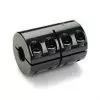
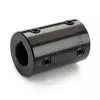
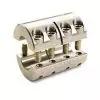
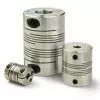
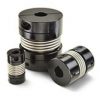
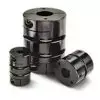
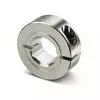
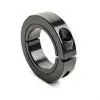
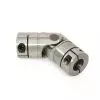
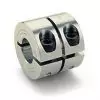 Short Rigid Couplings
Short Rigid Couplings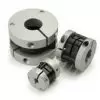 Controlflex Couplings
Controlflex Couplings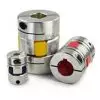 Jaw Couplings
Jaw Couplings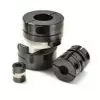 Oldham Couplings
Oldham Couplings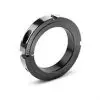 Bearing Locknuts – TCN
Bearing Locknuts – TCN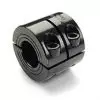 Double Wide Shaft Collars
Double Wide Shaft Collars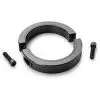 Heavy Duty Shaft Collars
Heavy Duty Shaft Collars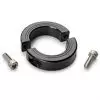 International Series Shaft Collars
International Series Shaft Collars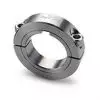 Keyed Shaft Collars
Keyed Shaft Collars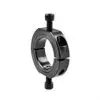 Mountable Shaft Collars
Mountable Shaft Collars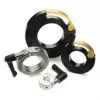 Quick Clamping Shaft Collars
Quick Clamping Shaft Collars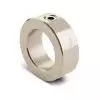 Set Screw Shaft Collars
Set Screw Shaft Collars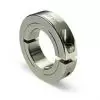 Thin Line Shaft Collars
Thin Line Shaft Collars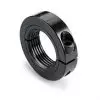 Threaded Shaft Collars – Pacific International Bearing Products
Threaded Shaft Collars – Pacific International Bearing Products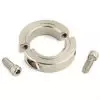 Two-Piece Shaft Collars
Two-Piece Shaft Collars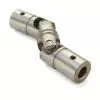 Friction Bearing Universal Joints
Friction Bearing Universal Joints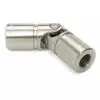 Needle Bearing Universal Joints
Needle Bearing Universal Joints